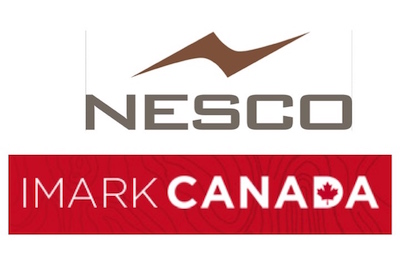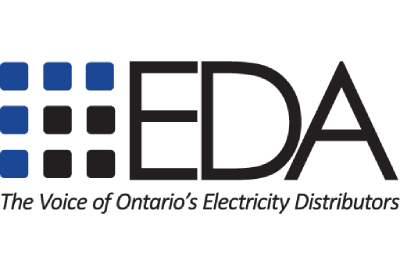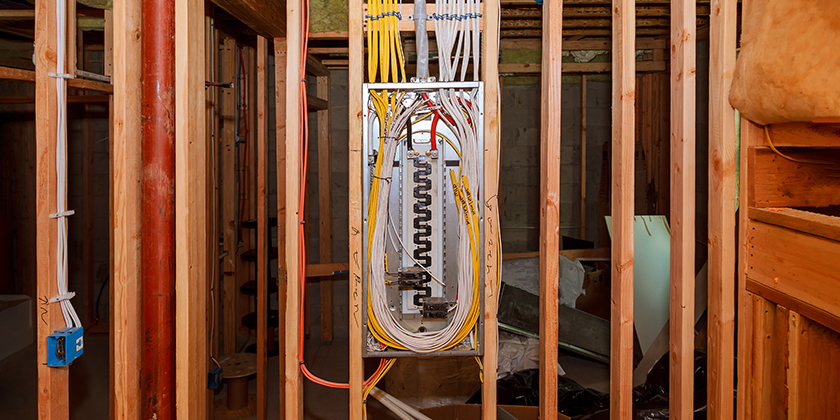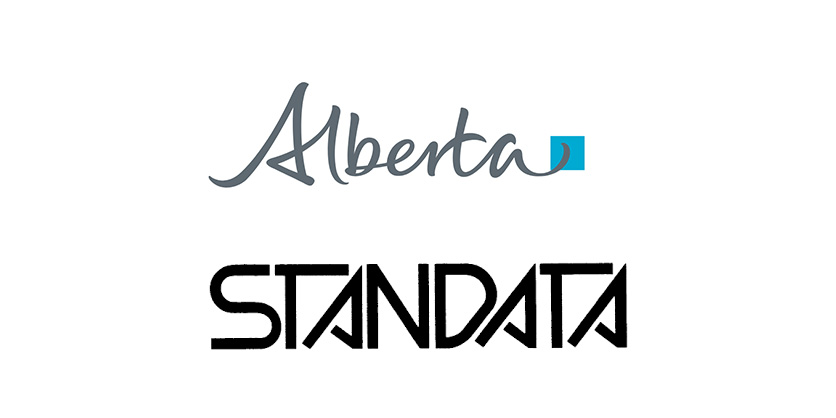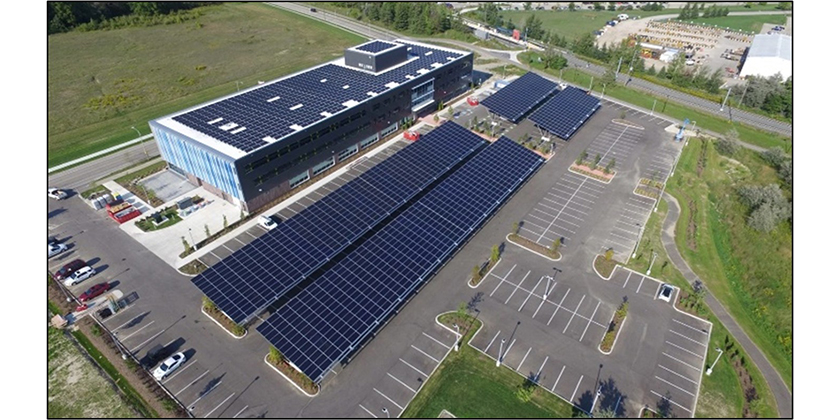BC Funding Supports Wave Energy Research

October 20, 2016
The BC government is providing $150,000 from the Innovative Clean Energy (ICE) Fund to the University of Victoria’s West Coast Wave Initiative (WCWI) in support of research into the potential of ocean waves to generate clean, renewable and affordable electricity. BC Hydro has also contributed $60,000 to the WCWI to support wave measurement research.
“Our B.C. coast is not only one of the province’s most beautiful resources, its waves could also be a source of clean energy, and research like this furthers our understanding of wave patterns and energy potential,” says Minster of Technology, Innovation and Citizens’ Services Amrik Virk.
The minister recently toured the WCWI’s operations at the university’s Institute of Integrated Energy Systems.
“Our BC Tech strategy is aimed at growing our clean-tech sector, and with this ICE funding we can support the growth of an emerging energy sector, which would benefit our remote coastal communities and perhaps change the world.”
The funding will be used for the purchase, deployment and maintenance of a wave measurement buoy (shown in photo: AXYS watchmate buoy). It will be the fifth in a fleet of buoys being used by the WCWI, and will support researchers’ efforts to complete a detailed wave energy resource assessment of the entire BC coastline.
The buoys provide high-resolution measurements of coastal wave height, direction and frequency used to calibrate and assess wave energy models being developed by researchers to determine the feasibility of converting wave energy to electricity. All five buoys have been built by AXYS Technologies in Sidney, BC.
“While marine energy is not currently a cost-competitive source of electricity for BC due to our abundant and affordable hydroelectric resources, wave and tidal energy do hold potential for other countries that do not have access to clean or renewable sources who are relying on fossil fuels to produce energy, and for remote coastal BC communities that currently rely upon diesel generation,” says Minister of Energy and Mines Bill Bennett. “Our funding of $150,000 supports the internationally recognized wave-energy research taking place at the WCWI, and will help establish a marine power sector in B.C. that can serve growing global demand for clean-energy technology.”
The WCWI operates and maintains the only directional wave measurement buoys on Canada’s west coast, and uses advanced computer aided design tools to research and develop technologies to convert wave-supplied power into electricity that could be fed into the electricity grid. Since its inception in 2007, the WCWI has grown to become the centre of Canadian wave energy research and development.
“Canada has huge wave-energy potential and British Columbia has some of the best wave resources,” says Elisa Obermann, Executive Director of Marine Renewables Canada. “The research and innovation the West Coast Wave Initiative is leading is critical to the development of wave technology and Canada’s marine renewable energy industry. We are pleased to see the Government of British Columbia supporting this foundational work.”
Since 2008, the ICE Fund has provided approximately $71 million to support pre-commercial clean-energy technology projects, clean-energy vehicles, research and development, and various energy-efficiency programs. Find out more about the West Coast Wave Initiative: www.uvic.ca/research/projects/wcwi/.
Photo source: West Coast Wave Initiative.






